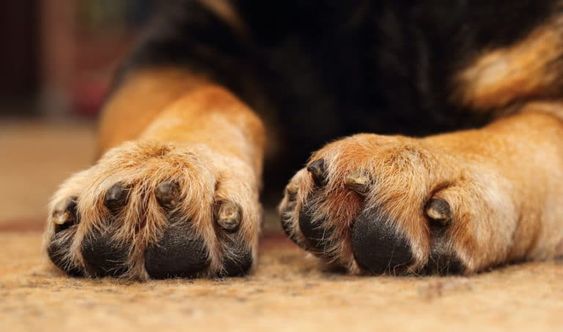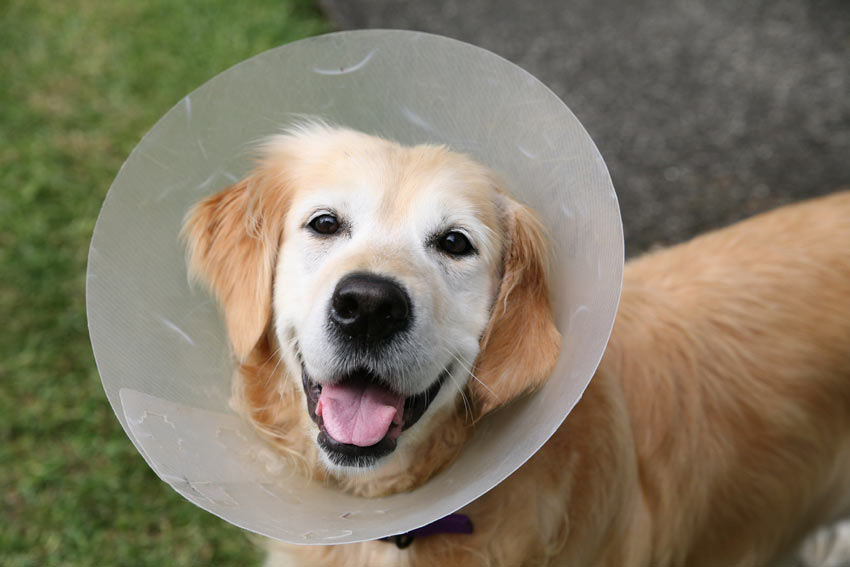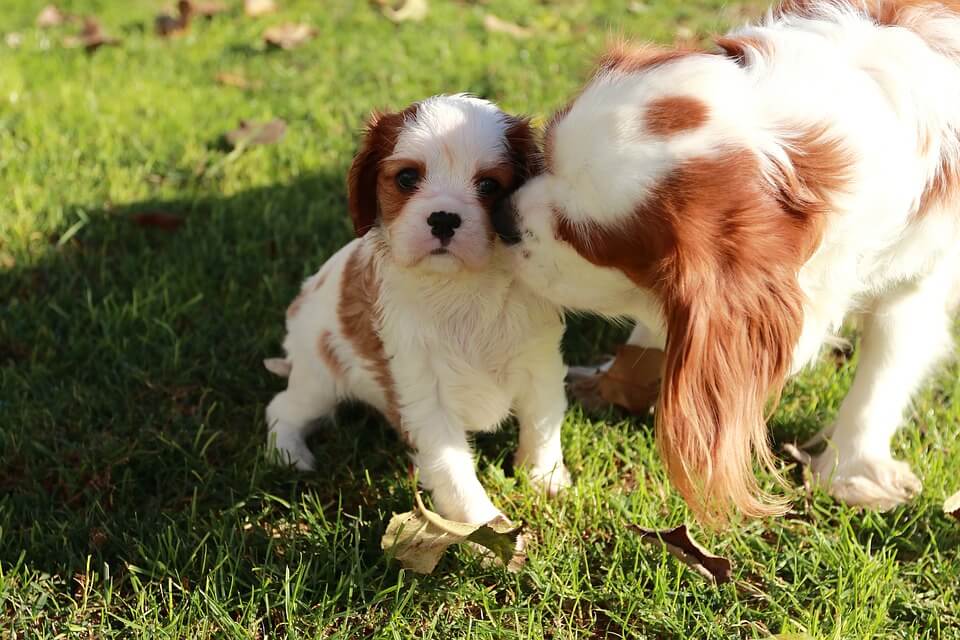At some point in our lives as dog owners, we may encounter the distressing issue of ripped dog pads. These sensitive paw pads are essential for our furry friends’ mobility and comfort, allowing them to explore their surroundings with ease. However, when their paw pads become torn or injured, it can cause pain and discomfort, affecting their overall well-being. In this comprehensive guide, we will uncover the mystery behind ripped dog pads and provide you with valuable insights on how to help your furry friend heal.
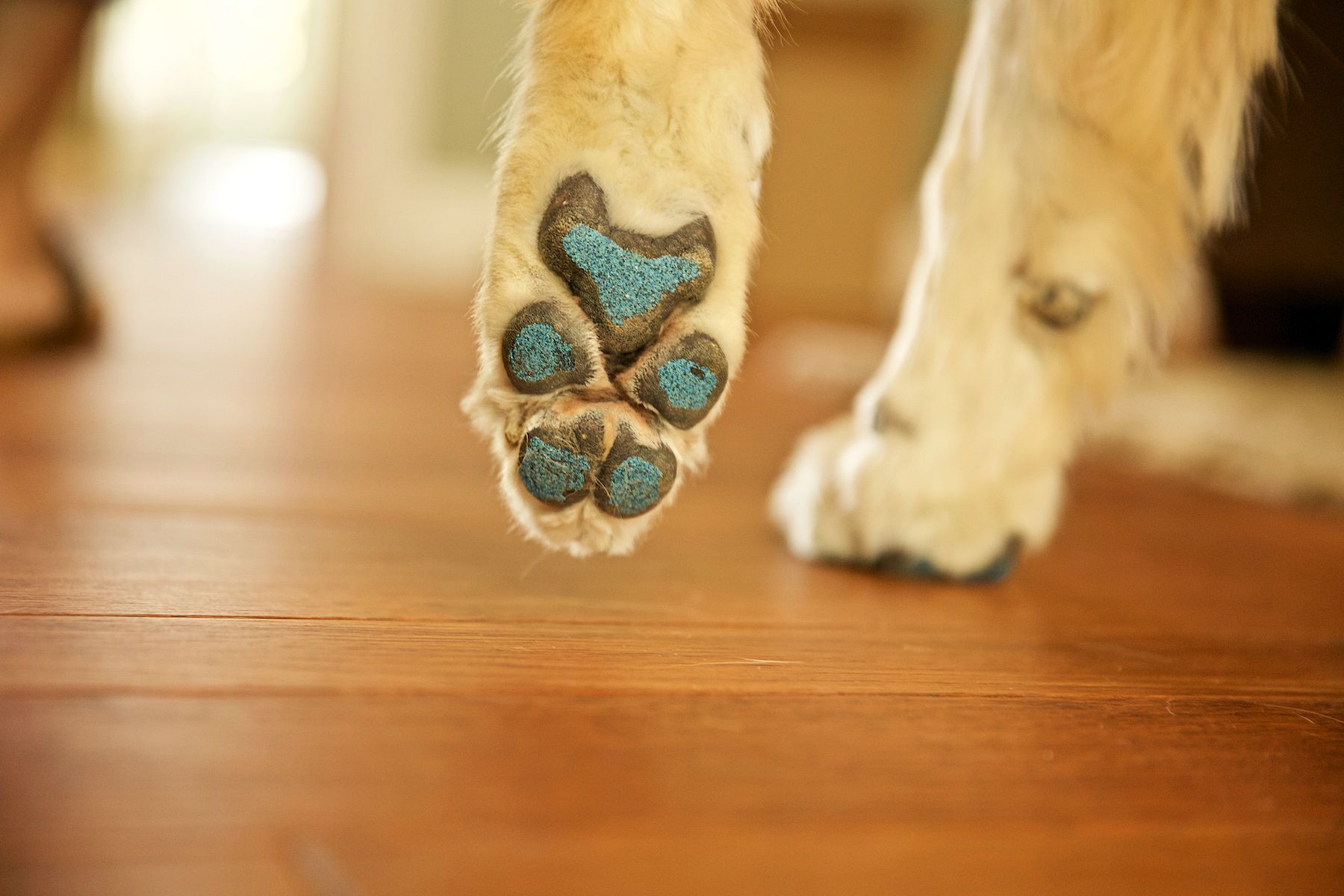
Understanding the Importance of Dog Paw Pads
Dog paw pads are remarkable structures specifically designed to provide cushioning, traction, and protection for our canine companions. Composed of thick layers of specialized skin tissue, these pads function as shock absorbers, enabling dogs to walk, run, and play on various surfaces. They act as a barrier, shielding the sensitive tissues and bones in their paws from potential injuries and harsh elements.
Common Causes of Ripped Dog Pads
Rough Surfaces and Environmental Hazards:
Dogs can sustain paw pad tears when exposed to rough or abrasive surfaces such as gravel, concrete, or jagged terrain. Sharp objects, broken glass, and chemicals can also cause injuries to their delicate paws.
Extreme Weather Conditions:
Extreme temperatures, including scorching hot pavements or freezing cold surfaces, can lead to cracked and torn paw pads. It’s important to be mindful of the weather conditions when walking or exercising your dog.
Excessive Exercise or Overexertion:
Engaging in intense physical activities without proper conditioning can put excessive pressure on your dog’s paw pads, leading to tears or blisters.
Chemical Irritants:
Exposure to certain chemicals, such as household cleaners, lawn treatments, or deicers, can irritate and damage your dog’s paw pads.
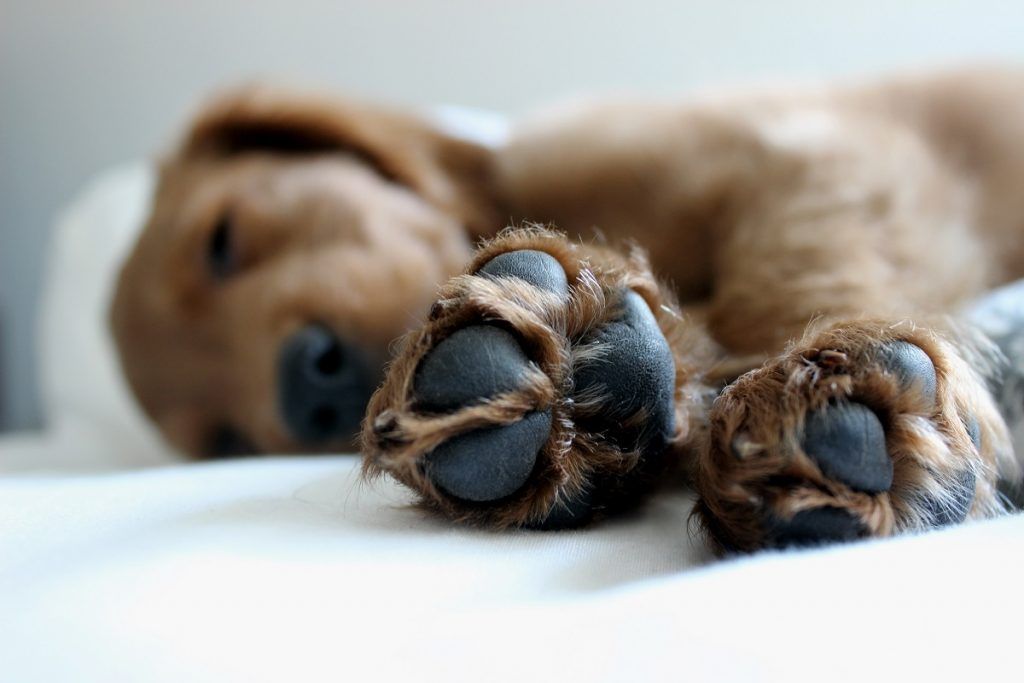
Signs and Symptoms of Ripped Dog Pads
Detecting ripped dog pads requires careful observation. Look out for the following signs:
- Limping or favoring one paw.
- Visible cuts, tears, or bleeding on the paw pads.
- Licking or excessively grooming the affected paw.
- Redness, swelling, or signs of inflammation.
- Reluctance to walk, run, or engage in physical activities.
How to Help Your Furry Friend Heal
Inspect and Clean the Paw:
Gently examine your dog’s paw pads, looking for any visible cuts or tears. Clean the area with a mild antiseptic solution and warm water to prevent infections.
Provide Rest and Limit Physical Activity:
It’s crucial to give your dog ample rest to allow their torn paw pads to heal. Limit their physical activity, especially on rough surfaces, until they are fully recovered.
Apply Protective Balms or Paw Pad Wax:
Paw balms or wax can provide a protective barrier and promote healing. Look for options that contain natural ingredients like beeswax, shea butter, and coconut oil.
Use Dog Booties or Socks:
Dog booties or socks can offer additional protection and prevent further damage to your dog’s paw pads, especially during walks or outdoor activities.
Consult a Veterinarian:
If the injury is severe, doesn’t show signs of improvement, or becomes infected, it’s important to consult a veterinarian for proper diagnosis and treatment.
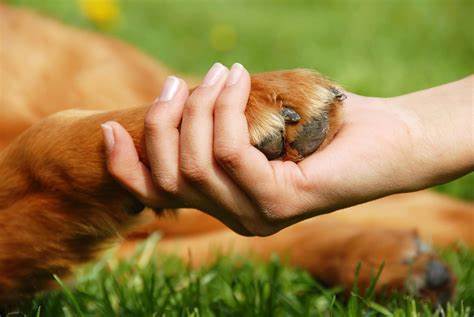
Preventive Measures for Healthy Paw Pads
Regular Paw Inspections:
Routinely check your dog’s paw pads for any signs of injury or wear. Early detection can prevent further complications.
Proper Paw Pad Moisturization:
Keeping your dog’s paw pads moisturized can help maintain their elasticity and prevent cracking. Use paw balms or coconut oil to keep them hydrated.
Nail Trimming:
Long nails can contribute to paw pad injuries. Regularly trim your dog’s nails to prevent them from digging into the paw pads.
Conditioning and Paw Pad Toughening:
Gradually expose your dog’s paw pads to various surfaces, allowing them to develop a tougher and more resilient texture over time.
Conclusion
Ripped dog pads can be a distressing issue for both dogs and their owners. By understanding the causes, signs, and necessary steps for healing, we can provide the care and attention our furry friends need. Remember to consult with a veterinarian if you notice persistent or severe paw pad injuries. With proper preventive measures, regular inspections, and a little extra love, you can help your furry friend maintain healthy, happy paws for a lifetime of adventures.
